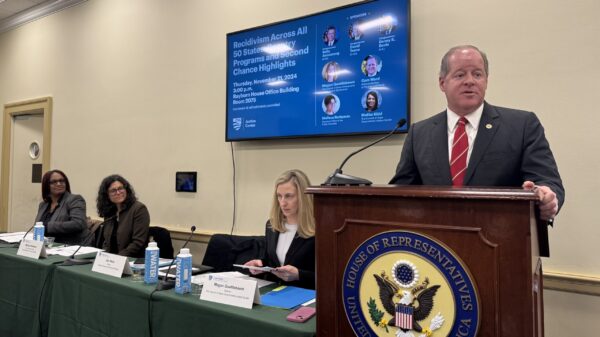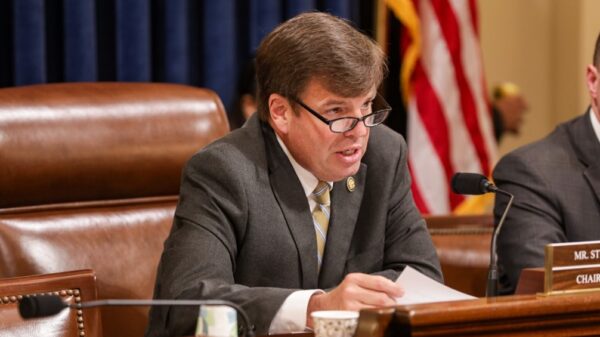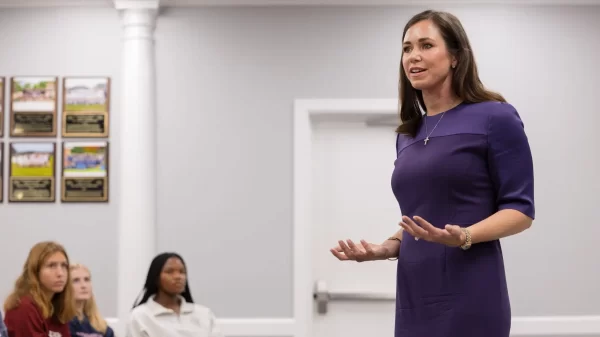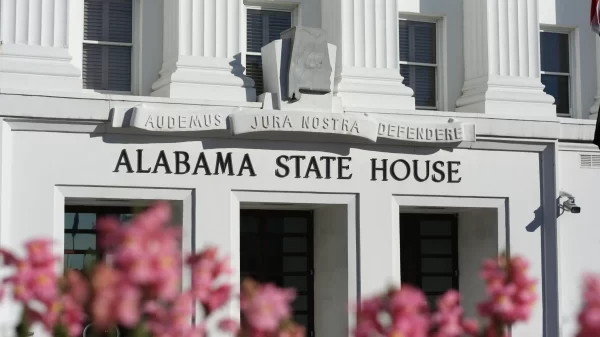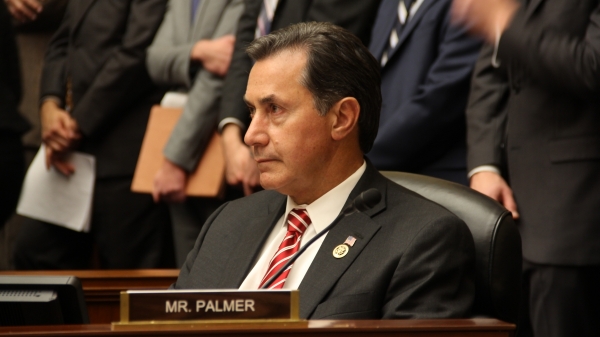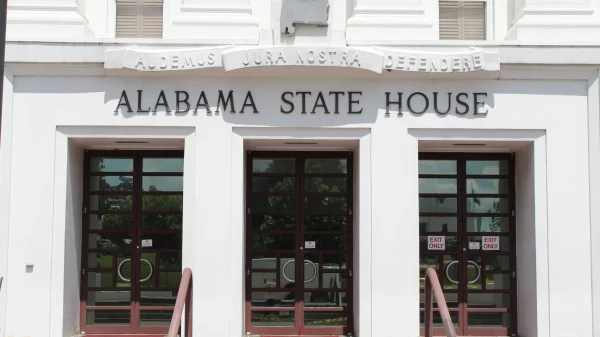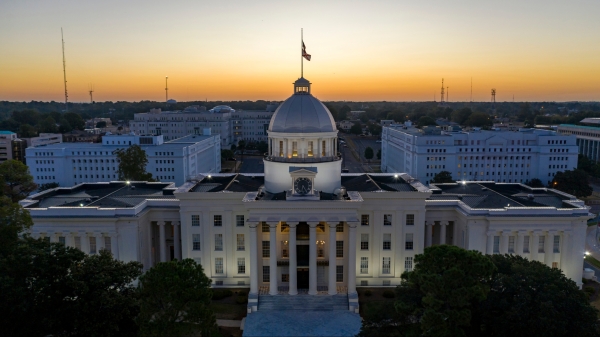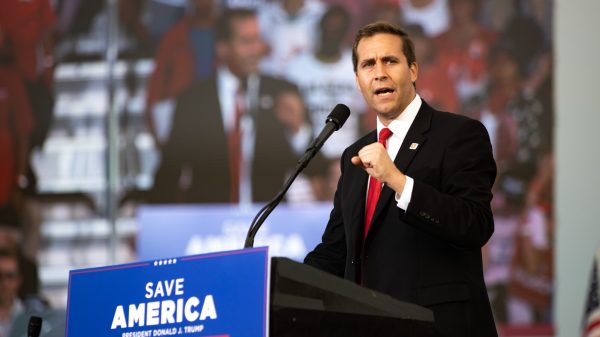The Alabama House of Representatives approved a $12.1 billion education budget package on Thursday, including $180 million toward funding private school scholarships.
The Legislature originally planned to set aside $100 million for the program in its first year, but education budget chair Danny Garrett, R-Trussville, said those numbers were based on expectations of 15,000 applications in its first year.
Instead, more than 36,000 applications were submitted with up to $7,000 per student eligible for reimbursement. Homeschool students are capped at $2,000 per year and families can only claim up to $4,000 per year for homeschooling.
For the first two years, only families with incomes under 300 percent of the federal poverty level are eligible to apply for the program. That threshold opens the program up to 3 in 4 Alabama families.
“As Alabama continues to make remarkable strides in public education, it’s vital that lawmakers in Montgomery remain committed to equipping our school systems with the necessary resources to help students thrive,” said Speaker Nathaniel Ledbetter, R-Rainsville. “This year’s ETF is significant for several reasons. It funds paid parental leave for teachers, expands summer and afterschool programs, and increases funding for the Alabama numeracy act, which has been a catalyst for our state’s nation-leading gains in 4th grade math. We’re making another strong investment in the CHOOSE Act, Alabama’s school choice program that is proving to be in high demand. Finally, we are creating the RAISE Program, a student-weighted funding model that funds schools based on their specific needs rather than headcount.”
Democrats criticized the funding, arguing that the program diverts funding that could be used to better public schools.
For the first time in years, the budget does not include a pay raise for teachers. The state instead upped its contribution to the Public Education Employees’ Health Insurance Plan from $800 to $904 per employee, which will cost the state about $100 million.
The budget also includes funding for new programs approved by lawmakers this year offering teachers paid parental leave and a worker’s compensation program.
The state will draw $375 million out of its Education Opportunities Reserve Fund to implement a new funding formula based on student need rather than enrollment.
The new funding formula has received bipartisan support with the hopes that struggling schools will get the resources needed to improve.
ETF/Supplemental highlights include:
- $27 million increase for the Numeracy Act
- $14.4 million increase for Summer/Afterschool Programs
- $9.6 million for Paid Parental Leave
- $15.6 million for Teachers Workman’s Compensation
- $58 million for the RAISE Act
- $80 million increase for the CHOOSE Act
“I’m proud to have passed another strong Education Budget that positions our school systems for success,” said Rep. Danny Garrett, R-Trussville, who chairs the House Ways and Means Education Committee. “For the first time ever, we are funding schools based off the needs of the specific students they serve instead of taking a one-size-fits-all approach and funding on headcount alone. We’re also making significant investments in programs supporting teachers and students. Public education is on the rise in Alabama, and I believe that the passage of this budget will help us continue moving in the right direction.”
The ETF now returns to the Senate for concurrence.







